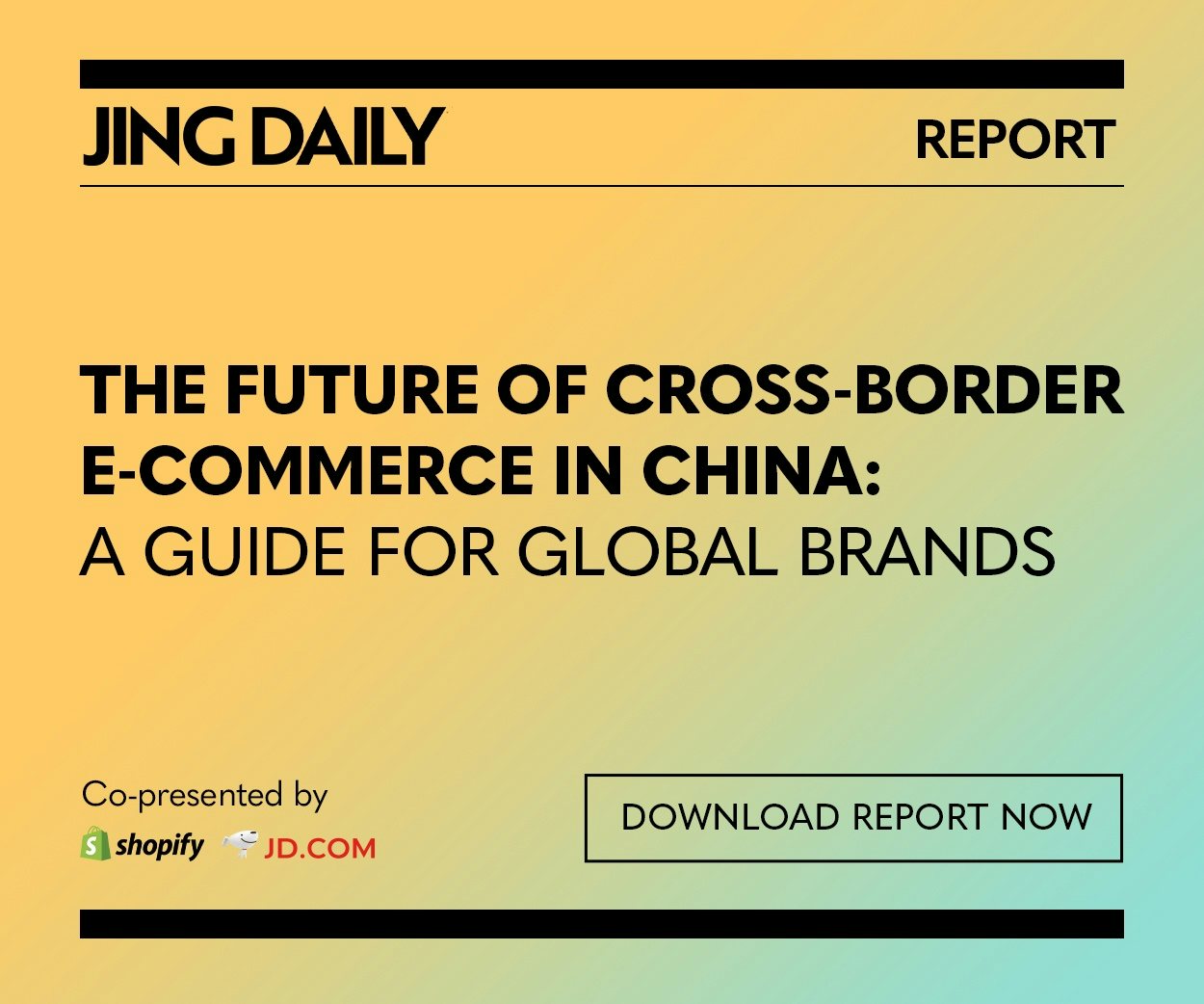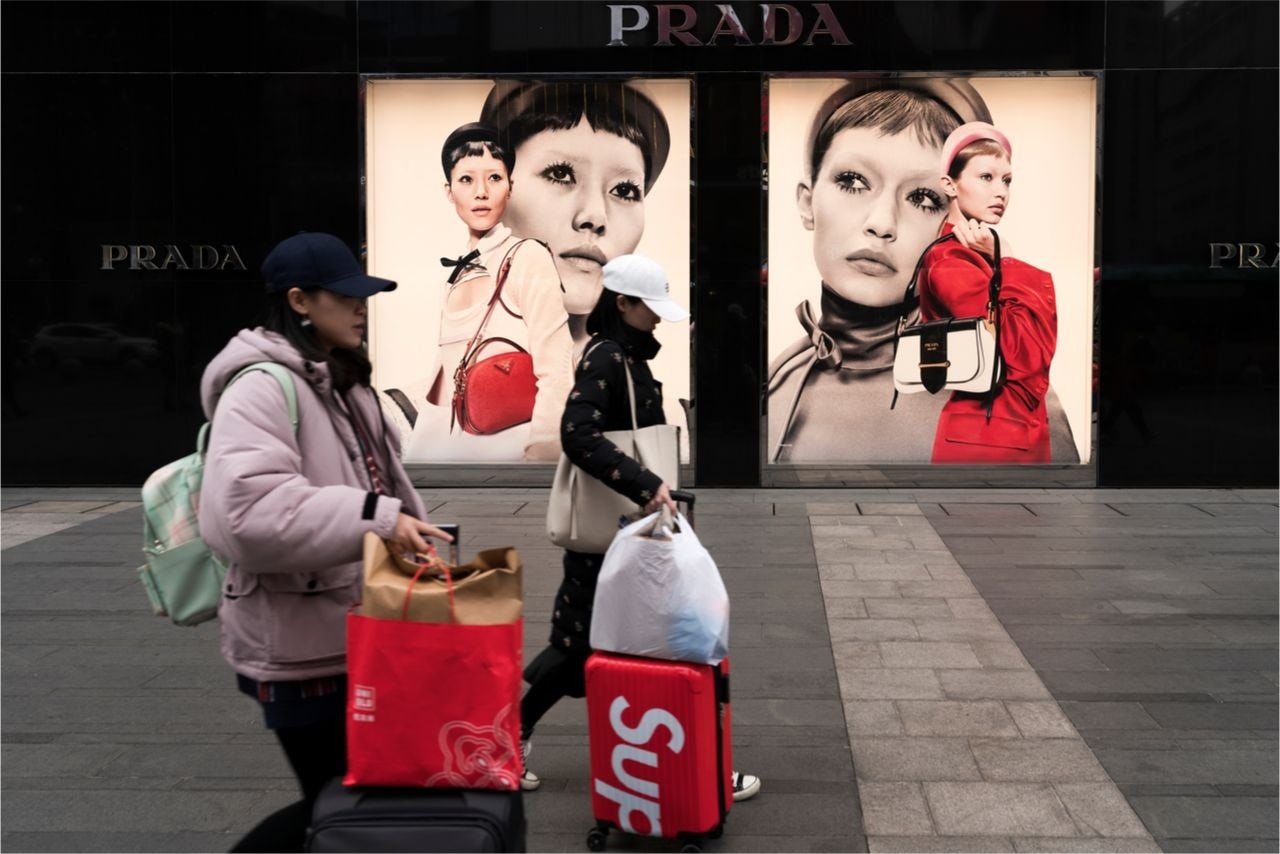With earnings reports from luxury brands like Gucci and Burberry showing the strain from China’s most recent COVID-19 lockdowns, some industry observers are dusting off an old pre-COVID question: are luxury brands too dependent on the China market?
According to one LVMH board member, Hubert Védrine, they are. In a recent interview with the blog Miss Tweed, Védrine opined that luxury brands should reduce their dependence on the China market as much as possible, saying, “For those luxury brands who can, it would be prudent, even if it is difficult, to avoid increasing their exposure to China and even reduce it.”
A quick look at the current state of the luxury market indicates where Védrine is coming from. As luxury brands struggled with extended lockdowns and COVID restrictions in Europe, North America, and Japan, China reopened malls in spring 2020, with the ensuing revenge spending boom encouraging many brands to open new stores and redouble on- and offline China efforts. Largely unable to travel abroad to make luxury purchases, Chinese consumers spent far more at local luxury boutiques. According to Bain & Company, domestic sales of personal luxury goods in China jumped 48 percent in 2020 and 36 percent in 2021, totaling nearly 471 billion yuan ($70.7 billion), a near doubling in just two years.

This domestic luxury revival left brands little choice but to intensify their focus on an even more important China market. According to a recent report on the global luxury retail market by Savills, China was the only market to increase its share of new openings in 2021, although the report also noted an uptick in luxury retail openings in North America late last year.
Over the past two years, China has been a hotbed of luxury activity, with the likes of Burberry and Prada experimenting with “new retail” concepts and intensifying social commerce efforts on platforms like Douyin and Bilibili. Meanwhile, with Chinese tourist-shoppers prevented from making their usual pilgrimages to duty-free shops in Hong Kong or South Korea, brands shifted their duty-free efforts towards Hainan, which recorded a more than 120 percent year-on-year increase in duty-free sales in 2020 and an 83 percent increase last year.
Luxury’s 2020-2022 China pivot makes the country’s Omicron lockdowns and insistence on a “Zero COVID” strategy hit even harder, with Burberry’s China sales dipping 13 percent in the final quarter and Richemont Chairman Johann Rupert dampening hopes of a sharp rebound in the months ahead. But rather than indicating luxury brands should reduce their dependence on the China market, recent struggles indicate a need to retool efforts for more global Chinese luxury consumption.
While outbound Chinese tourism is still a long way from returning to pre-COVID levels, new projections by the China Outbound Tourism Research Institute predict “a strong wave” of outbound travel to kick off next year and get back to 2019 numbers in 2024. This would be a welcome development for luxury brands that have seen Chinese tourist arrivals (and spending) dry up at key European or North American flagships over the past two years. After reaching a peak of 170 million border crossings in 2019, Chinese outbound tourism crashed to just 18 million crossings in 2020 and a meager 8.5 million in 2021.

For luxury brands, taking the current COVID-impacted softness in mainland China as a cue to reduce exposure to the market is the wrong approach. The greater focus on improving the retail experience and enhancing digitalization efforts over the past two years has been a net positive for luxury brands. Despite recent COVID-fueled struggles, Burberry recorded a 37 percent increase in mainland China comparable-store sales last year, while LVMH noted a “strong rebound” in China in 2021 and the country was key to Gucci’s 29.5 percent year-on-year growth in the Asia-Pacific region.
Even if China's upcoming “re-reopening” fails to spur another luxury spending boom, the brands that invested in improving the customer experience and the convenience of online sales – rather than those that cut back on their China exposure – stand to benefit the most. As the likes of Louis Vuitton and Gucci have long shown, placing importance on the China market does not necessarily mean neglecting other key geographies, and in many cases, China can function as a valuable test-bed for new marketing and sales concepts ahead of their global rollouts.

